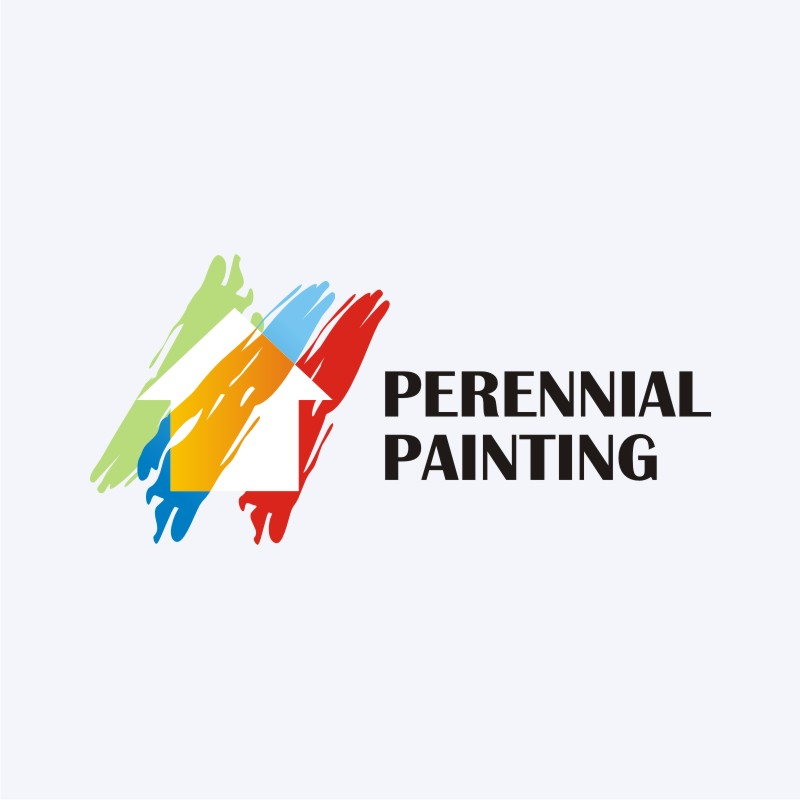How Weather Condition Issues Impact Industrial Painting Results
How Weather Condition Issues Impact Industrial Painting Results
Blog Article
Post Created By-Adler Roberson
When you're taking care of an industrial painting job, you can't disregard how climate plays an important function in your success. Aspects like temperature, humidity, and wind can either boost or undermine your efforts, affecting whatever from application top quality to safety and security on the job site. You could believe you can repaint anytime, yet the reality is that specific problems can cause costly delays or bad coatings. Comprehending these aspects is essential, but what certain approaches can you implement to ensure optimum outcomes in the middle of unpredictable climate?
Temperature Level and Paint Application
When it comes to commercial paint, temperature plays a vital duty in exactly how well the paint sticks and dries out. If you're planning a job, watch on the temperature array suggested by the paint manufacturer. Ideally, you intend to function within that variety for ideal results.
When temperature levels are too reduced, paint can become thick and more difficult to apply, leading to irregular protection. You may find yourself having problem with brush strokes or roller marks that just will not disappear.
On the other hand, heats can cause paint to completely dry also promptly. This can result in issues like cracking or peeling, as the paint doesn't have sufficient time to bond properly to the surface.
If it's as well warm, take into consideration scheduling your help cooler parts of the day, such as morning or late afternoon.
Moisture and Finish Top Quality
Humidity dramatically influences the coating quality of business paint tasks. When humidity levels are high, wetness in the air can disrupt the drying out process of paint. This can lead to concerns like bad bond, irregular surfaces, and enhanced drying times.
You could find that your paint takes longer to treat, which can delay your task timeline.
On the other hand, reduced moisture can also posture troubles. If the air is as well completely dry, paint can dry out too quickly, stopping proper progressing and resulting in a rough coating. You want your paint to move smoothly, and rapid drying out can hinder that, leaving you with a disappointing surface.
To accomplish the best surface, go for humidity levels between 40% and 70%. https://deanyhqyh.newbigblog.com/39356199/exactly-how-regularly-should-you-think-about-repainting-your-home-secret-indications-that-suggest-a-demand-for-a-refresh enables optimal drying problems, ensuring that the paint sticks well and levels out effectively.
Consider using dehumidifiers or fans to manage wetness in indoor tasks, and try to intend outdoor jobs for days when moisture is within the ideal array. By focusing on humidity, you can improve the final appearance and toughness of your business paint work.
Wind and Outside Conditions
While you mightn't consider wind as a major variable, it can substantially affect the end result of exterior industrial painting tasks. High winds can interrupt your application procedure, triggering paint to dry as well swiftly. When simply click the up coming internet page dries out as well quickly, it can result in an uneven finish or noticeable brush strokes.
You'll also face challenges with paint overspray, as wind can lug particles far from the intended surface, leading to squandered products and prospective damages to surrounding locations.
Furthermore, strong gusts can develop safety and security hazards on duty site. https://www.bhg.com/decorating/color/paint/color-of-the-year-2023/ and scaffolding are a lot more at risk to tipping in gusty conditions, placing your crew in danger. It's vital to keep track of wind rates prior to beginning a project. If winds go beyond risk-free limitations, it's best to delay your job to make sure a quality coating and maintain security.
On calmer days, you can benefit from the best problems to accomplish smooth, expert outcomes. Always examine the weather prediction and strategy as necessary.
Final thought
Finally, understanding exactly how weather condition influences commercial painting is important for attaining the most effective outcomes. By keeping track of temperature, moisture, and wind conditions, you can arrange your projects throughout optimal times. This not just makes sure a smooth application however likewise enhances the top quality of your surface. So, keep an eye on the projection and strategy accordingly-- doing so will conserve you time, cash, and stress while providing an expert result every time you repaint.
